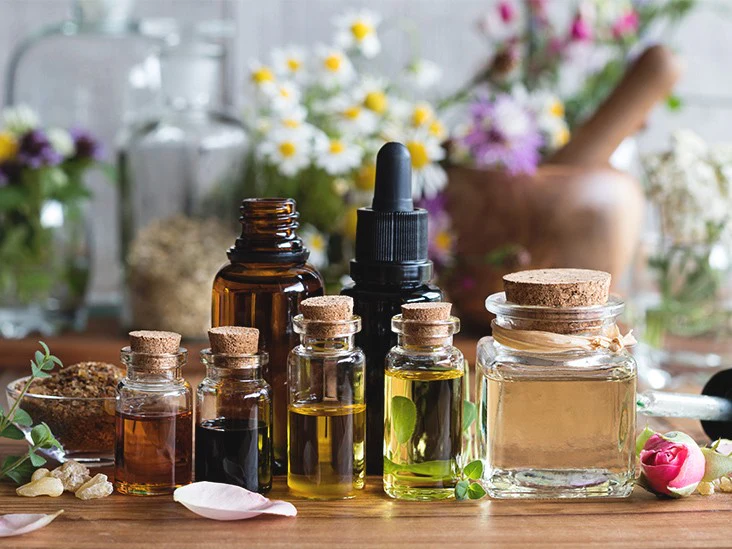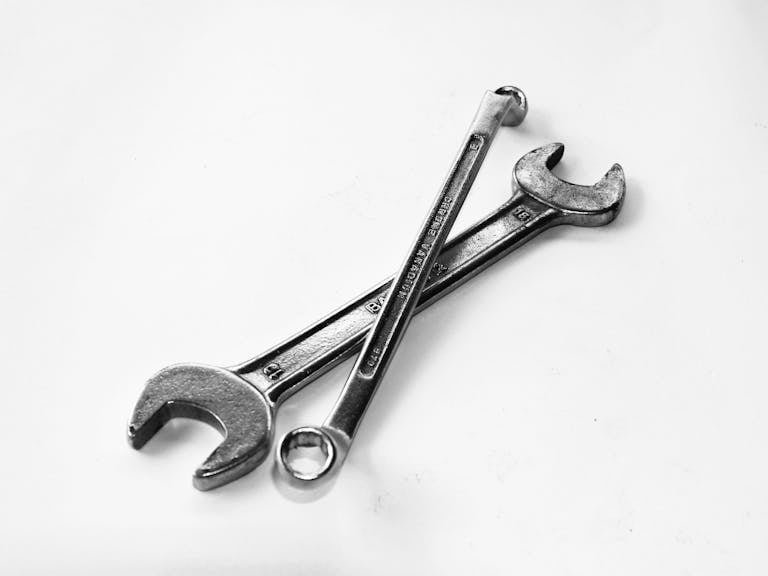Have you ever wondered where your favorite perfume comes from? You might love how it smells, but the journey behind creating that fragrance is both fascinating and intricate. In this article, we’ll dive deep into the process of making perfumes. It’s an art form mixed with science, and behind it all is the buzzing activity of a perfume factory.
The Creative Spark: Designing a Fragrance
Before a bottle of perfume can even be produced, it begins with a concept. Perfumers, also known as “noses,” work closely with designers or brands to decide what the fragrance should represent. Is it a light, floral scent for a spring collection, or maybe a bold, musky perfume for evening wear? These creative professionals have a highly trained sense of smell and a deep understanding of fragrance families.
Once they’ve established the concept, the perfumer blends different ingredients to achieve the desired scent. They start with top notes, which are the first scents you smell, followed by heart notes that form the core of the perfume, and finally, base notes that linger the longest. It takes several tries, and sometimes months, to perfect a fragrance. Each perfume has to be just right before moving on to the production phase.
Sourcing the Ingredients: From Nature to Bottle
Perfume factories source their ingredients from all over the world. These ingredients can come from flowers, fruits, spices, and even wood. Some of the most luxurious perfumes use rare or expensive materials, like oud wood or Bulgarian rose. Essential oils, extracted from these ingredients, form the basis of many perfumes.
The raw materials are carefully harvested, often requiring delicate processes. For example, extracting essential oils from flowers like jasmine or rose can take tons of petals to create just a small amount of oil. Factories work closely with suppliers to ensure they get high-quality ingredients that contribute to the uniqueness of their perfumes.
The Chemistry of Mixing and Blending
Once the ingredients arrive at the factory, it’s time for the magic to happen. The oils and alcohol are mixed in precise measurements to achieve the right concentration. This process requires both technology and craftsmanship. The oils are blended, and the mixture is left to age for weeks or even months. This aging process allows the oils to meld together, creating a more harmonious scent.
During this time, quality control is key. Technicians test the fragrance at various stages to ensure that it maintains consistency. This step is crucial because the final product must smell exactly as intended, without any variations between batches.
Packaging: The Perfect Finishing Touch
Once the fragrance has matured and passed all quality checks, it’s ready to be bottled. The packaging of a perfume is just as important as the scent itself. Factories often have specialized departments solely dedicated to filling the bottles, labeling them, and ensuring the packaging is flawless.
The design of the bottle is a reflection of the perfume’s character. Whether it’s a sleek and modern look or something more ornate, every detail is considered. Once the perfumes are packed and ready, they are shipped out to retailers or directly to customers.
Conclusion: More Than Just a Scent
The next time you spritz on your favorite perfume, remember the complex journey it took to get to your hands. A perfume factory is more than just a place where scents are bottled. It’s a space where creativity meets chemistry, and raw ingredients from around the globe come together to create something truly unique.
From the minds of talented perfumers to the hands of factory workers, every perfume tells a story—a story of craftsmanship, art, and dedication. Now that you’ve had a glimpse behind the scenes, doesn’t your perfume feel even more special?







